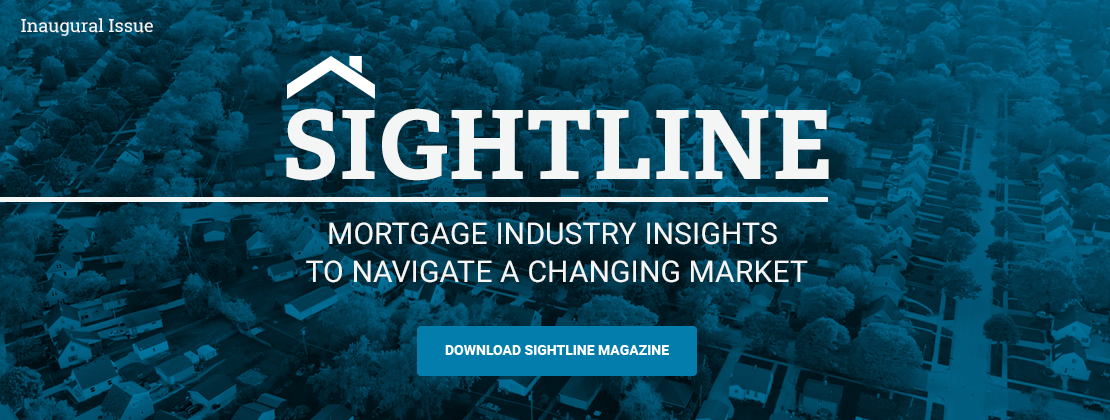Key Insights into Mortgage Fraud Risk

Written in collaboration with Melanie Lockert
Mortgage fraud isn’t new or going away soon. According to CoreLogic’s 2019 Mortgage Fraud Report, mortgage fraud risk stabilized and slightly decreased through the first quarter of 2019. However, the decrease may be temporary, due in part to a decrease in interest rates and an increase in lower-risk refinance transactions, according to CoreLogic. On top of that, the report found that one in 123 mortgage applications have indications of fraud, as of Q2 2019.
Managing fraud takes up time and energy. Fraud can hurt lenders’ credibility and cost them financially. It can also hurt borrowers. For lenders to better understand how to protect themselves and their borrowers, here are recent real-world examples of income and employment falsification schemes.
Similar Paystubs
In an investigation involving false income information in multiple loans originated by a mortgage brokerage firm, Freddie Mac’s Single-Family Fraud Risk (SFFR) team first observed suspiciously similar loan profiles between two borrowers. In both loans, the borrowers worked at different nail salons as contract employees before quickly becoming full-time employees, earning significantly more than before. During the investigation, one of the nail salon owners confirmed the paystubs in the loan file were not issued by her business. Also, the borrower’s paystubs had the same font and format as other borrowers who worked at different salons in different cities, and the handwriting on the borrowers’ verification of employment (VOE) forms was identical. Read more.
Phantom Employers
In another case, Freddie Mac seller/servicers identified multiple loans where the borrowers had been employed for just a short time. The seller/servicers called these businesses and became concerned when the purported employers demonstrated a lack of professionalism. The SFFR team investigated and learned that the employees of a mortgage broker had created fictitious businesses that these borrowers could claim as their employers in their loan applications. To add authenticity, the brokerage even created fake websites, phone numbers and street addresses for these fictitious businesses. Read more.
Falsified College Transcripts
Freddie Mac’s SFFR team has seen an increase in cases in which the documentation of employment history includes false college transcripts. In one case, one of Freddie Mac’s sellers was alerted to potential fraud when two mortgages originated by the same loan officer had identical borrower profiles—both borrowers claimed to be recent college graduates, had limited work histories, had the same job with the same employer and had been qualified for a home loan in northern California. Read more.
How to Prepare for and Prevent Mortgage Fraud
Mortgage fraud can come in many different flavors and can happen at different stages of the homebuying process. Lenders should be aware of the various types of mortgage fraud out there and take steps to mitigate its impact.
Technology can make it easier for fraudsters to replicate official documentation. Lenders should be on the lookout for anything suspicious that raises a red flag during the mortgage application process, including:
- A business search that yields no results or turns up business websites with scant details.
- Recent promotions or raises that are inconsistent with the borrower’s employment experience or that occur just prior to the loan application.
Lenders should also conduct background checks on the people they’re working with, including third-party originators, loan officers, net branch managers, and appraisers. Having strong quality control and fraud detection processes can help lower the risk of mortgage fraud and protect lenders and borrowers.

To learn more, visit Freddie Mac's fraud prevention page. If you identify any mortgage fraud, call the Freddie Mac Fraud Hotline at (800) 4 FRAUD 8.
